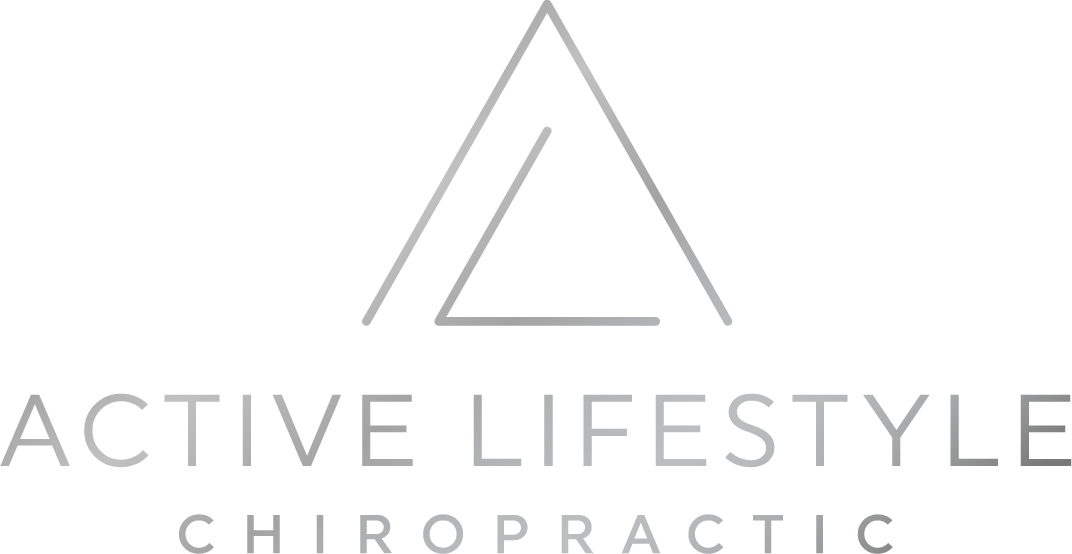Relieving Jaw Pain and Headaches through Chiropractic Care
Jaw pain and headaches can be debilitating
Jaw pain and headaches can be debilitating, affecting your daily life and overall well-being. Understanding the biology and locations of these discomforts is essential for effective treatment. Chiropractic care offers a comprehensive approach to address both jaw pain and related headaches by evaluating various factors, including jaw gait, tender points, muscle tension, and posture, and providing tailored treatments.
The Biology of Jaw Pain and Headaches:
1. Location of Headaches: Headaches can originate from various sources. The location of your headache can tell you so much! For instance, Tension-type headaches often result from muscle tension in the head, neck, and shoulders. Migraines can be triggered by various factors, including blood vessel dilation. Sinus headaches are typically associated with sinus inflammation, while TMJ-related headaches stem from jaw issues.
2. The Jaw and TMJ: The temporomandibular joint (TMJ) connects the jawbone to the skull and plays a crucial role in chewing, speaking, and overall facial movements. Disruptions in TMJ function can lead to jaw pain, which may radiate to the head and neck, causing headaches. These types of headaches will refer pain to the sides of your head, above your ear.
Comprehensive Chiropractic Care:
1. Evaluation of Jaw Gait: Phys Med providers (Chiropractors, PTs, etc) assess jaw gait, which involves observing how the jaw moves during various functions like talking and chewing. An abnormal jaw gait can indicate TMJ dysfunction.
2. Identifying Tender Points: Chiropractors locate tender points in the jaw, neck, and shoulder muscles. These points can be sources of pain and discomfort.
3. Internal and External Muscle Work: Chiropractic care involves a combination of techniques, including both internal (intraoral) and external muscle work. Intraoral techniques target muscles within the mouth to release tension, while external techniques focus on relaxing muscles on the face, neck, and shoulders.
4. Prescribing Neck Strengthening and Postural Exercises: Chiropractors design personalized exercise regimens to strengthen neck muscles and improve posture. These exercises can help prevent future episodes of jaw pain and headaches.
5. Massage Techniques: Massage therapy is often incorporated into chiropractic care to further relax tense muscles in the jaw, neck, and shoulders.
6. Thoracic Mobility: Chiropractors address thoracic mobility to ensure that the entire spine functions optimally. Improved thoracic mobility can alleviate stress on the neck and jaw.
7. Ergonomics: Chiropractors provide guidance on ergonomic modifications in workspaces to minimize the risk of musculoskeletal issues. Proper ergonomics can prevent jaw pain and related headaches.
Conclusion:
Chiropractic care takes a multifaceted approach to relieve jaw pain and headaches by addressing the biology of these discomforts. By evaluating jaw gait, tender points, muscle tension, and posture, chiropractors provide customized treatments that may include intraoral and external muscle work, exercise regimens, massage techniques, thoracic mobility improvements, and ergonomic recommendations. Additionally, a complete history is important to assess contributing factors like trauma, previous injury, nerve related issues, etc.

